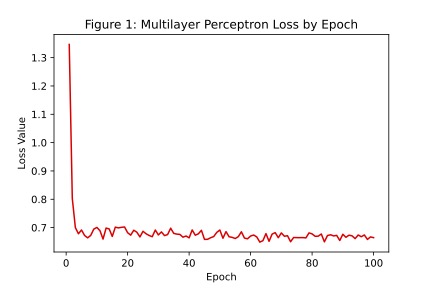Back
Poster, Podium & Video Sessions
Podium
PD54: Prostate Cancer: Localized: Surgical Therapy III
PD54-03: Artificial Intelligence in Robotic-Assisted Laparoscopic Prostatectomy: Developing Predictive Models for Positive Surgical Margins
Monday, May 16, 2022
7:20 AM – 7:30 AM
Location: Room 245
Stephen Schmit*, Rebecca Ortiz, Philip Caffery, Christopher Tucci, Carsten Eickhoff, Elias Hyams, Gyan Pareek, Providence, RI
- SS
Podium Presenter(s)
Introduction: Patients with localized prostate cancer increasingly elect for robotic-assisted laparoscopic prostatectomy (RALP), but this approach may be less preferred when adjuvant therapy is indicated. Adjuvant therapy improves survival but is associated with significant psychological distress and additional treatment complications. The presence of positive surgical margins after RALP is an important indication for adjuvant therapy. The goal of this study was to explore deep learning models for the prediction of positive surgical margins with preoperative data.
Methods: Patient data from a single academic institution was pre-processed to train two artificial intelligence models: a feedforward multilayer perceptron and a random forest model containing 100 trees. A total of 9 preoperative variables were used for model training (prostate specific antigen value, positive biopsy cores, Gleason score on biopsy, perineural invasion on biopsy, body mass index, tobacco use history, family history of cancer, preoperative prostate volume, and age at diagnosis). Model construction was performed using the Python programming language.
Results: Data preprocessing yielded a final sample of 461 patients. The optimized neural network demonstrated successful learning with loss minimization over 100 epochs (Figure 1) and a maximum area under the curve (AUC) of 0.60. The random forest model demonstrated an AUC of 0.55 (Figure 2).
Conclusions: Neither model demonstrated significant accuracy in predicting positive surgical margins with preoperative structured data. The integration of structured data may be insufficient for predicting margin status. Future models that utilize raw imaging information should be explored. For example, a convolutional neural network that is trained on preoperative multiparametric resonance imaging data may be a superior approach.
Source of Funding: None


Methods: Patient data from a single academic institution was pre-processed to train two artificial intelligence models: a feedforward multilayer perceptron and a random forest model containing 100 trees. A total of 9 preoperative variables were used for model training (prostate specific antigen value, positive biopsy cores, Gleason score on biopsy, perineural invasion on biopsy, body mass index, tobacco use history, family history of cancer, preoperative prostate volume, and age at diagnosis). Model construction was performed using the Python programming language.
Results: Data preprocessing yielded a final sample of 461 patients. The optimized neural network demonstrated successful learning with loss minimization over 100 epochs (Figure 1) and a maximum area under the curve (AUC) of 0.60. The random forest model demonstrated an AUC of 0.55 (Figure 2).
Conclusions: Neither model demonstrated significant accuracy in predicting positive surgical margins with preoperative structured data. The integration of structured data may be insufficient for predicting margin status. Future models that utilize raw imaging information should be explored. For example, a convolutional neural network that is trained on preoperative multiparametric resonance imaging data may be a superior approach.
Source of Funding: None



.jpg)
.jpg)